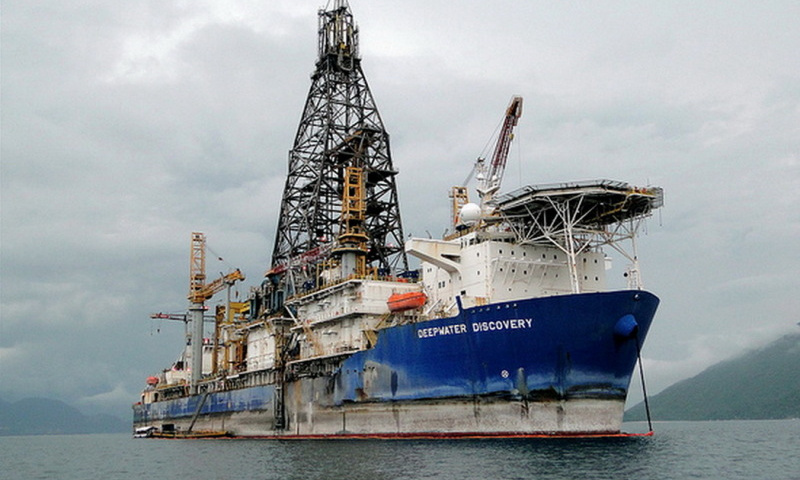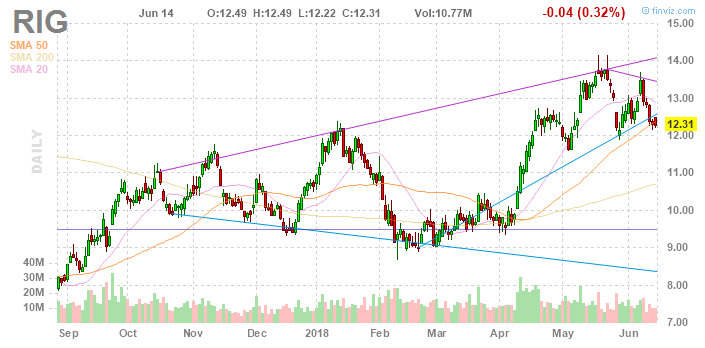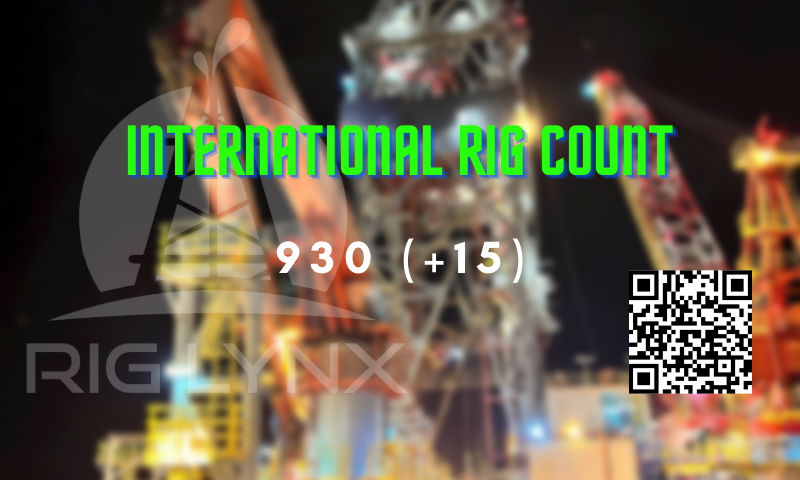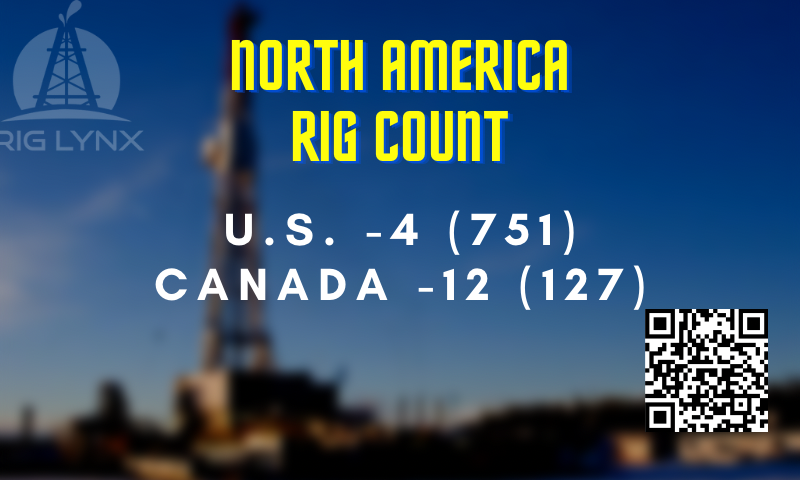
Transocean (RIG) has just announced its decision to retire four rigs: Deepwater Discovery, Deepwater Frontier, Deepwater Millennium, and Songa Trym. The company expects that its second-quarter results will include a non-cash charge of approximately $520 million due to this decision. Transocean added that as the company continued to evaluate the long-term competitiveness of the fleet, additional rigs could be identified as candidates for retirement. Let’s look at this decision in more detail.
Deepwater Discovery

Â
Deepwater Discovery is a drillship built in 2000 that was stacked since March 2015 of Samsung/Reading & Bates design. The rig was not competitive in the modern environment dominated by newbuild drillships. My view is that the company waited before retiring Deepwater Discovery to reduce the shock on the balance sheet. While write-offs are non-cash, they have an impact on investor psychology and covenants if any. Now is a good time to pour some cold water on market participants as Brent oil (BNO) stays firmly in the $75-80 range and Transocean’s shares are performing reasonably well, up 16% year-to-date.
Deepwater Frontier

Deepwater Frontier is a drillship built in 1999 and stacked since November 2015. This is also a rig of Samsung/Reading & Bates design. Just like Deepwater Discovery, the rig was uncompetitive in the modern environment.
Deepwater Millennium

Deepwater Millennium is a drillship built in 1999 and stacked since May 2016. This is a rig of Samsung/Reading & Bates design. Just like the two previously mentioned rigs, Deepwater Millennium had zero chances to find a job in the current environment and the only reason that kept Transocean from retiring the rig was the accounting consequences of such a move.
I’d like to remind that these drillships will not be the last step in “cleaning†of Transocean’s drillship segment. At the very least, the company has four more retirement candidates in the drillship segment – Discoverer Deep Seas (2001), Discoverer Enterprise (1999), Discoverer Spirit (2000) and GSF C.R. Luigs (2000). These rigs have no chance of being employed and will ultimately be scrapped.
Songa Trym
Songa Trym is a semi-submersible built in 1976. The rig was acquired as part of the transaction with Songa Offshore, which was de-facto a purchase of Songa’s backlog and the future contract potential of the four Songa’s Cat-D rigs. Songa also had three older rigs – Songa Trym, Songa Delta and Songa Dee, all of which were cold stacked. I see a very significant possibility that the remaining older Songa rigs will also be retired in the future.
The retirement of the four rigs is not a surprise to anyone who follows the industry. These rigs had to go; there was no other way. As I mentioned a number of times in my previous articles on Transocean, the only obstacle was the accounting consequences of such a move.
From time to time, I see someone pointing at book value of drillers in the comment section of offshore drilling articles. Don’t do this; book value has no sense unless you deal with fresh start accounting like in the case of Ocean Rig (ORIG). Transocean’s write-off shows one more time how inflated the book values are for offshore drillers. Actual fleet values like the ones you can easily reference through Bassoe Offshore database are much more representative of the real situation.
I’d like to mention another topic on which I was thinking in recent months. As we see, technology advancements together with rig overproduction made drillships built in 2000 look like antique machinery. Yet, such machines are anticipated to stay operative for 30+ years by design. For Deepwater Discovery, Deepwater Frontier and Deepwater Millennium, the useful life was about 15 years. Today, we have a number of modern drillships built after 2010 in cold stacked mode, most notably Ocean Rig’s drillships. Given the current contracting dynamics, rig supply situation and the cost of bringing these rigs back to work, they will not return to workforce in this decade.
More realistically, their return (if it ever happens) should be in the 2020-2022 time frame – and if you are conservative, 2022 looks more realistic than 2020. By that time, some of these rigs would have already celebrated their 10th birthday. How much useful life will they have left at that time? This question is very important because currently the market assigns decent value for such rigs. Say, Ocean Rig Olympia (2011) is valued at $167-184 million by Bassoe Offshore. Is this value real? Can’t it be that continuous technology improvements will make these rigs obsolete just like they made obsolete Transocean’s rigs of the millennium era? For me, this is still an open question and I have not yet arrived at a definite answer for myself but I wanted to share my concerns with you.

Â
Sure, a $520 million write-off can never be a good catalyst for a stock. However, I do not anticipate any major action in Transocean’s shares unless there’s a big move in oil prices. Currently, the market is very focused on the future. What we see now is that higher oil prices have improved market sentiment a bit, but hard contract data shows that it’s too early to party and call a true recovery for any segment other than the North Sea. My opinion is that the upside in Transocean’s shares needs either more actual supportive data or further upside in oil prices to be continued. Otherwise, the shares may just settle in some wide see-saw range for the summer months.



